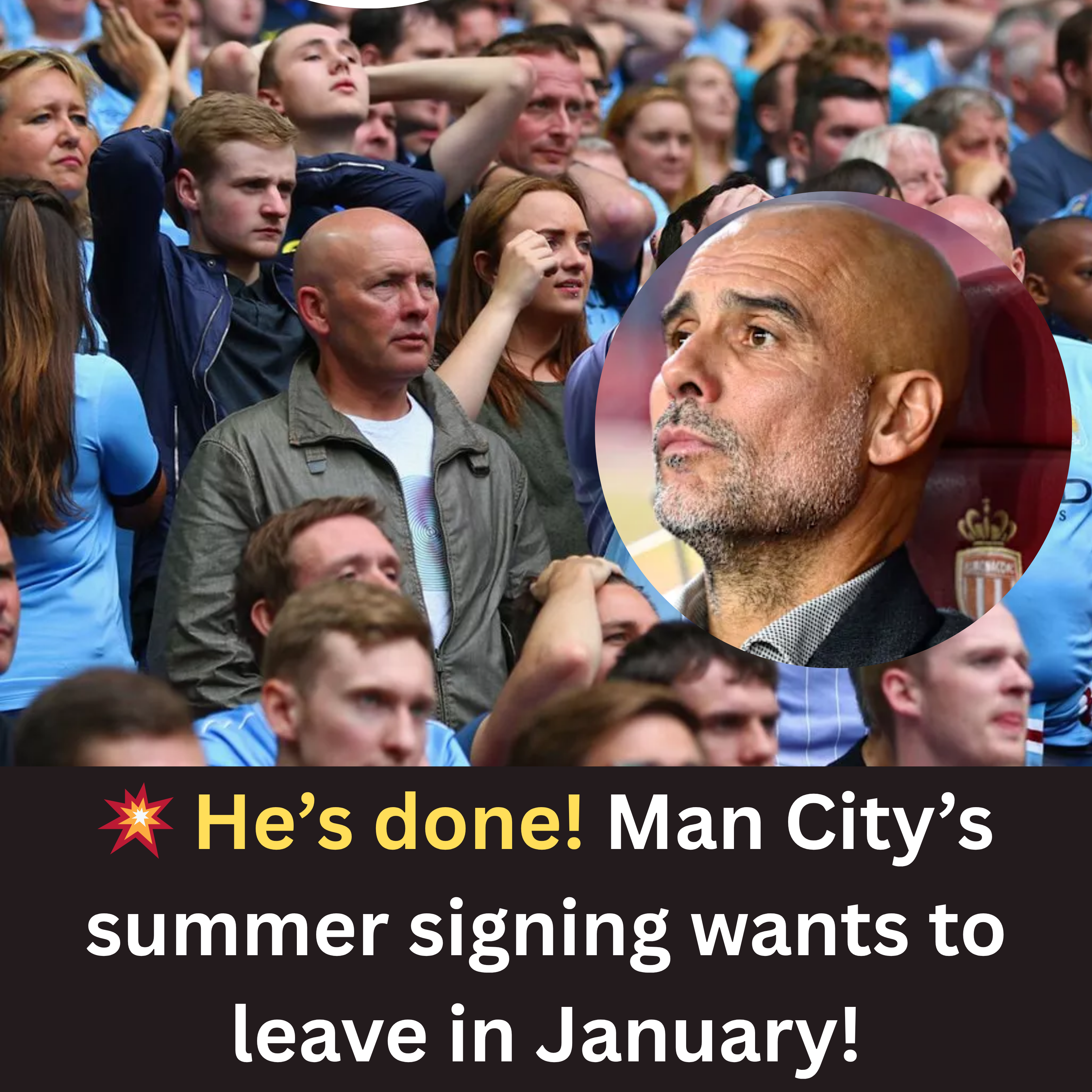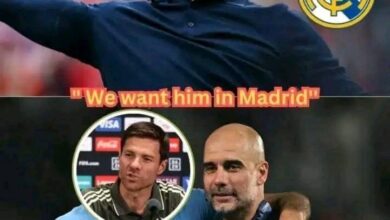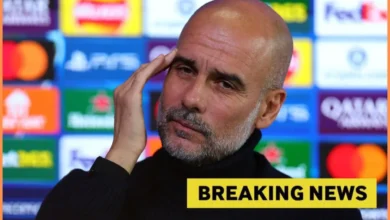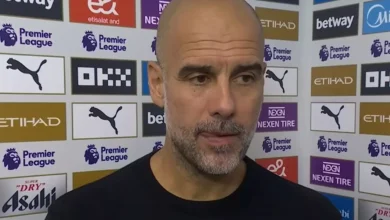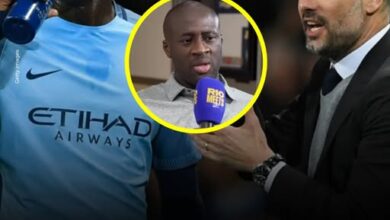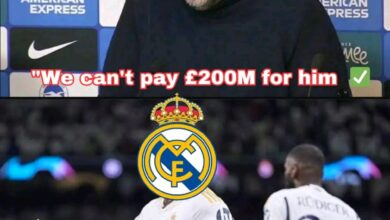Man City STUN Newcastle with €46m transfer – Fabrizio Romano
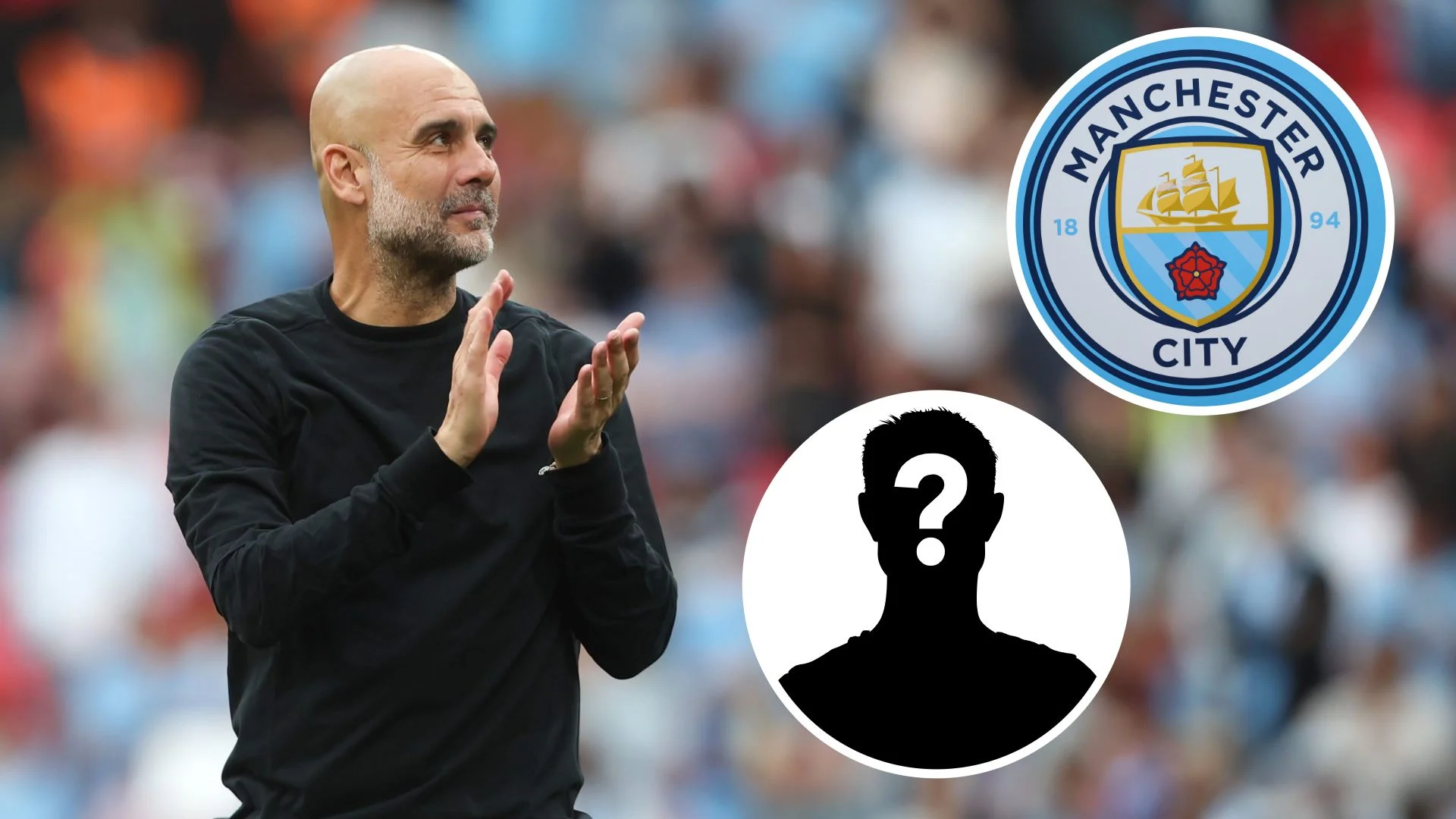
The summer transfer window has taken an unexpected twist as Manchester City have reportedly reopened negotiations to bring James Trafford back to the Etihad Stadium, potentially derailing Newcastle United’s long-standing pursuit of the talented goalkeeper. According to transfer specialist Fabrizio Romano, the Citizens are exercising their strategic foresight by considering the activation of a buy-back clause that could reshape the goalkeeper market for the upcoming season.
The Rise of James Trafford: From Academy Promise to Championship Excellence
At just 22 years of age, James Trafford has already carved out an impressive reputation as one of England’s most promising young goalkeepers. His journey from Manchester City’s academy through to becoming a key figure in Burnley’s promotion-winning campaign represents a masterclass in player development and strategic career management.
Trafford’s most recent campaign with Burnley was nothing short of exceptional. The young shot-stopper played a pivotal role in what can only be described as one of the most defensively resolute Championship seasons in recent memory. Burnley’s defensive record during their promotion-winning campaign was remarkable, with Trafford’s consistent performances between the posts providing the foundation for their return to Premier League football.
The statistics speak volumes about Trafford’s contribution to Burnley’s success. Throughout the Championship season, he demonstrated remarkable consistency, shot-stopping ability, and commanding presence in the penalty area. His distribution, both short and long, showcased the modern goalkeeper’s requirement to be comfortable with the ball at his feet, while his decision-making in crucial moments proved instrumental in Burnley’s defensive solidity.
What made Trafford’s performances even more impressive was his ability to maintain high standards across a grueling Championship campaign. The second tier of English football is notoriously demanding, with its relentless schedule and physical intensity testing even the most experienced players. For a goalkeeper still in the early stages of his professional career, Trafford’s consistency throughout this period demonstrates mental resilience and technical proficiency that belies his age.
Newcastle’s Persistent Pursuit: A Summer-Long Saga
Newcastle United’s interest in James Trafford has been one of the summer’s most persistent transfer stories. Eddie Howe’s side have been actively pursuing the young goalkeeper as part of their ongoing squad development under the club’s ambitious ownership. The Magpies’ pursuit of Trafford represents more than just a simple transfer target; it symbolizes their commitment to building for both the present and future.
Throughout the summer months, Newcastle appeared to be making steady progress in their negotiations with Burnley. Reports suggested that the clubs were moving closer to an agreement, with personal terms potentially not representing a significant obstacle. Howe’s reputation for developing young talent and Newcastle’s project under their new ownership structure seemed to align perfectly with Trafford’s career aspirations.
The goalkeeper’s profile fits precisely with Newcastle’s transfer strategy under Howe’s management. The club has demonstrated a preference for acquiring young, talented players who can contribute immediately while also representing long-term value. Trafford’s combination of proven Championship experience, age profile, and technical ability made him an ideal target for the Magpies’ recruitment team.
However, the complexities of modern football transfers have now created a significant obstacle in Newcastle’s path. The existence of Manchester City’s buy-back clause has introduced an element of uncertainty that threatens to derail months of careful negotiation and planning. This development highlights the increasingly sophisticated nature of player contracts and the long-term strategic thinking that top clubs now employ when developing and selling academy products.
Manchester City’s Strategic Masterstroke: The Buy-Back Clause
Manchester City’s decision to include a buy-back clause in James Trafford’s original transfer to Burnley now appears to be a stroke of strategic genius. This type of contractual arrangement has become increasingly common in modern football, allowing selling clubs to maintain some control over a player’s future while still benefiting from immediate transfer fees.
The reported €46 million buy-back clause represents significant value in today’s inflated goalkeeper market. When considering the transfer fees commanded by established international goalkeepers, this figure appears relatively modest for a player of Trafford’s potential and proven ability. City’s foresight in negotiating such terms demonstrates the club’s sophisticated approach to player development and asset management.
Romano’s reporting suggests that Manchester City are not necessarily committed to paying the full buy-back amount. Instead, they are engaging in discussions with both Burnley and the player to potentially negotiate a lower fee. This approach indicates that while City are serious about reacquiring Trafford, they are also mindful of financial considerations and market dynamics.
The timing of City’s renewed interest is particularly intriguing. Their decision to re-enter negotiations appears to be directly linked to uncertainty surrounding their current goalkeeper situation. Both Stefan Ortega and Ederson have been subject to transfer speculation, creating potential opportunities within Pep Guardiola’s squad that Trafford could fill.
The Ederson Factor: Galatasaray Interest and City’s Goalkeeping Dilemma
Ederson’s potential departure represents one of the most significant factors in Manchester City’s decision-making process regarding James Trafford. The Brazilian goalkeeper has been Manchester City’s first-choice keeper for several seasons, establishing himself as one of the Premier League’s most reliable and technically gifted shot-stoppers.
Reports linking Ederson with a move to Galatasaray have added urgency to City’s goalkeeper situation. The Turkish giants’ interest in the Brazilian represents a credible threat to City’s goalkeeping stability, particularly given Galatasaray’s ability to offer competitive packages and the appeal of regular European competition.
Ederson’s potential departure would create a significant void in City’s squad. His distribution ability, in particular, has been crucial to Guardiola’s tactical system. The Brazilian’s capacity to launch attacks with precise long passes and his comfort in possession make him ideally suited to City’s possession-based approach. Finding a suitable replacement would be challenging and expensive in the current market.
From Ederson’s perspective, a move to Galatasaray could offer several attractions. The opportunity to be the undisputed number one, competitive wages, and the chance to experience a different football culture might appeal to a player who has achieved significant success in Manchester. Additionally, Galatasaray’s regular participation in European competitions would allow Ederson to maintain his profile on the continental stage.
Stefan Ortega’s Uncertain Future: The Domino Effect
Stefan Ortega’s situation at Manchester City adds another layer of complexity to the club’s goalkeeping considerations. The German goalkeeper joined City as a backup option but has proven himself to be a capable performer when called upon. However, his long-term future at the Etihad remains uncertain, particularly if significant changes occur in the goalkeeping department.
Interestingly, Romano’s reporting suggests that Ortega could potentially move to Burnley as part of the broader goalkeeper shuffle. This development would create a fascinating circular transfer situation, with Ortega potentially filling the void left by Trafford’s departure from Turf Moor.
For Burnley, acquiring Ortega could represent excellent business. The German goalkeeper possesses Premier League experience and the technical qualities required for top-flight football. His potential availability might actually work in Burnley’s favor, providing them with an experienced replacement while potentially commanding a reasonable transfer fee for Trafford.
Ortega’s career trajectory has been interesting, moving from German football to establish himself in the Premier League. His performances for City, while limited in number, have demonstrated competence and reliability. A move to Burnley could offer him the regular first-team football that his talent deserves while providing the Clarets with a goalkeeper capable of operating at the highest level.
Burnley’s Position: Balancing Ambition with Reality
Burnley finds themselves in a complex position regarding James Trafford’s future. While the club would undoubtedly prefer to retain their star goalkeeper for their Premier League return, the financial realities of modern football make such retention challenging.
The Clarets’ acceptance that Trafford might not remain at the club for the upcoming season reflects a pragmatic understanding of their position in football’s hierarchy. Despite achieving promotion, Burnley cannot compete financially with the resources available to clubs like Manchester City and Newcastle United.
However, Burnley’s situation is not entirely disadvantageous. The competition for Trafford’s services could drive up his transfer value, providing the club with significant resources to reinvest in their squad. Additionally, the potential arrival of Stefan Ortega would ensure that they maintain goalkeeping quality despite Trafford’s departure.
Vincent Kompany’s appointment as manager adds another dimension to Burnley’s situation. The Belgian’s connections to Manchester City and his understanding of the club’s philosophy could influence how any potential deal develops. Kompany’s reputation and tactical approach might also make Burnley a more attractive destination for potential replacement goalkeepers.
The Financial Dynamics: Market Values and Strategic Investments
James Trafford’s current estimated transfer value of €22.7 million, with a range between €20.5 million and €25 million, provides important context for the ongoing negotiations. These valuations suggest that Manchester City’s €46 million buy-back clause represents a significant premium, reflecting both the player’s potential and the competitive nature of the goalkeeper market.
The financial dynamics surrounding goalkeeper transfers have evolved significantly in recent years. The increasing tactical importance of goalkeepers in modern football, combined with the scarcity of truly elite options, has driven transfer fees to unprecedented levels. In this context, securing a talented young goalkeeper like Trafford at a predetermined price represents excellent value.
For Newcastle, the financial investment in Trafford would represent a significant commitment to their long-term project. The club’s ownership has demonstrated willingness to invest in quality players, and Trafford’s profile aligns with their strategy of acquiring players who can contribute immediately while retaining long-term value.
Manchester City’s financial considerations are somewhat different. As an established elite club, they must balance the immediate cost of reacquiring Trafford against the potential expense of seeking alternatives in an inflated market. The buy-back clause provides them with a cost-effective solution to their goalkeeping needs.
The Modern Transfer Market: Clauses, Negotiations, and Strategic Planning
The Trafford situation exemplifies the complexity of modern football transfers. Buy-back clauses, sell-on percentages, and performance-related add-ons have become standard features of player contracts, creating intricate webs of obligations and opportunities that can influence transfer activity years after initial deals are completed.
Manchester City’s use of buy-back clauses represents a broader trend among elite clubs to maintain control over their academy graduates’ careers. This approach allows clubs to benefit from initial transfer fees while retaining options to reacquire players who develop as expected.
The negotiation dynamics in Trafford’s case also highlight the evolving relationship between clubs in the transfer market. Rather than simply triggering the buy-back clause, City’s decision to enter discussions suggests a preference for collaborative solutions that benefit all parties involved.
Conclusion: A Transfer Saga with Far-Reaching Implications
The James Trafford transfer saga represents more than just the movement of a single player between clubs. It encapsulates the strategic thinking, financial considerations, and competitive dynamics that define modern football transfers.
Manchester City’s re-entry into negotiations demonstrates the value of strategic contract clauses and long-term planning in player development. Newcastle’s pursuit reflects their ambition and commitment to building a competitive squad capable of challenging at the highest level. Burnley’s position highlights the challenges faced by newly promoted clubs in retaining their best talent while maximizing financial returns.
As the situation continues to develop, the ultimate resolution will likely set precedents for similar transfer scenarios in the future. The outcome will influence not only the immediate futures of the clubs involved but also the broader approach to player contracts and buy-back clauses across European football.
The coming days and weeks will determine whether James Trafford returns to Manchester City, fulfills Newcastle’s long-held ambitions, or perhaps surprises everyone with an entirely different destination. What remains certain is that this transfer saga has demonstrated the increasing complexity and strategic depth that characterizes modern football’s transfer market.
Regardless of the final outcome, James Trafford’s situation serves as a compelling case study in player development, strategic contract negotiation, and the evolving dynamics between clubs in contemporary football. The resolution of this transfer will undoubtedly be watched closely by clubs, agents, and analysts seeking to understand the changing landscape of football transfers in the modern era.


